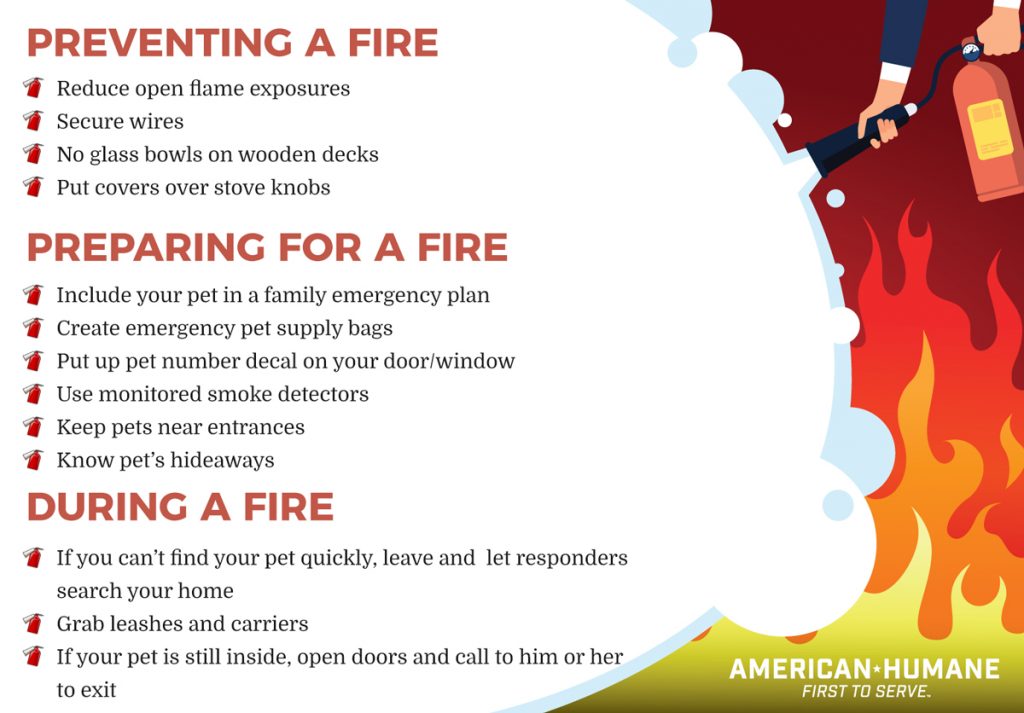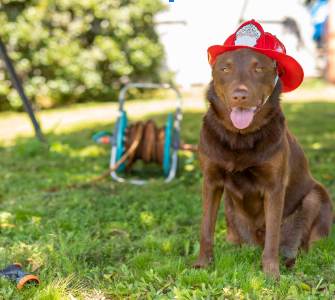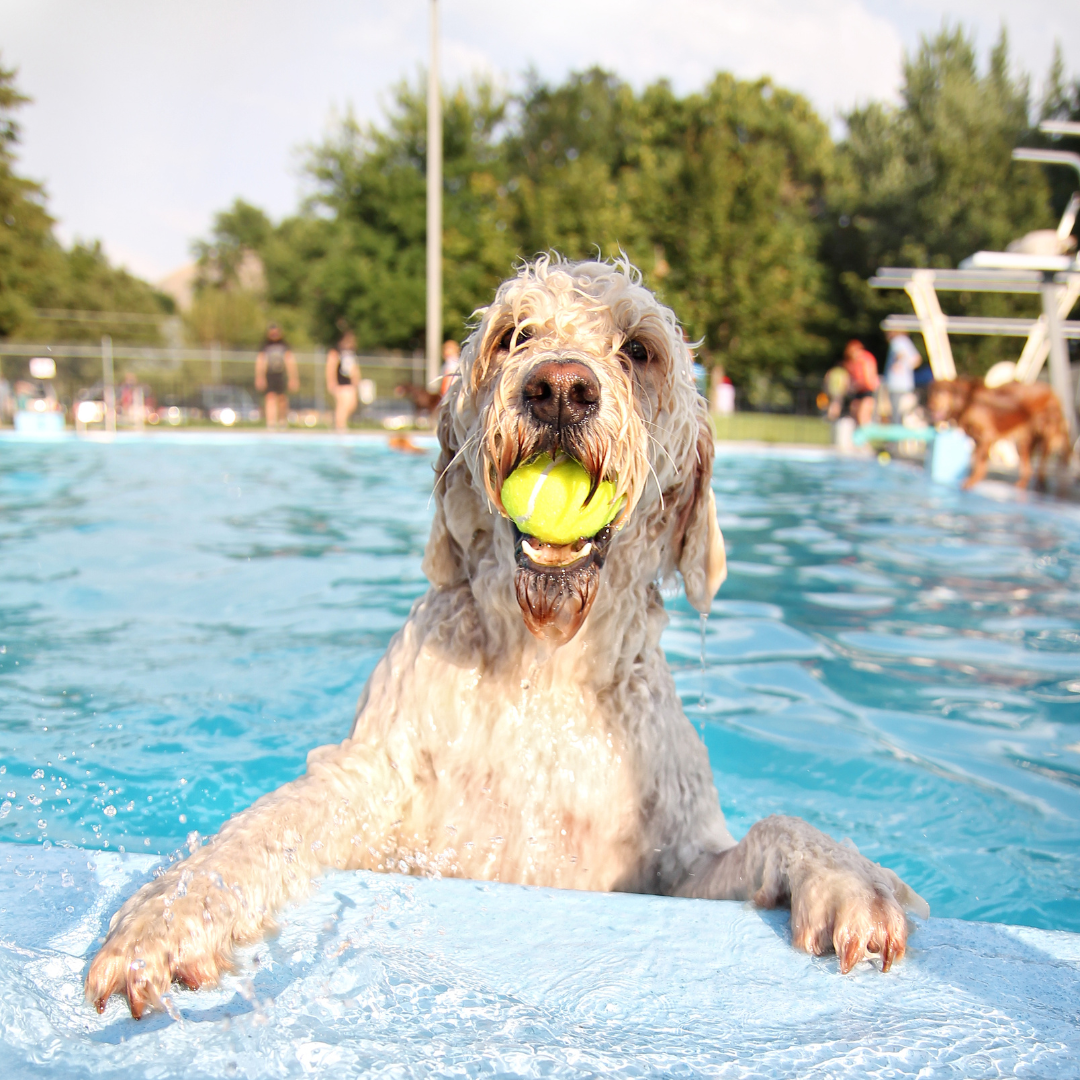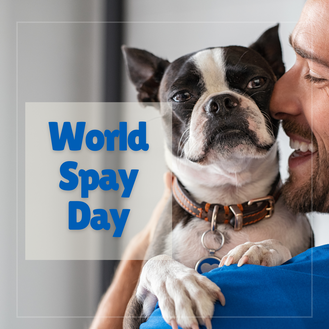|
On the 15th of July each year, we come together to observe National Pet Fire Safety Day, a poignant reminder of the importance of protecting our cherished pets during emergencies, particularly fires. Our pets hold a special place in our hearts and homes, making it imperative to have a comprehensive plan in place to ensure their safety and well-being when faced with unexpected adversities. Did you know why using glass bowls on wooden tables is dangerous?
it's crucial to address a lesser-known fire hazard that lurks in many homes: the combination of glass bowls on wooden tables. While glass bowls are commonly used for pet food and water, placing them on wooden surfaces can pose a significant risk. The issue lies in the potential for sunlight to filter through the glass bowl and concentrate onto the wooden table surface. This concentrated light can generate heat over time, creating a magnifying effect that may ignite a fire if the conditions are right. To safeguard your home and beloved pets, opt for non-glass bowls or use protective mats under glass bowls when placing them on wooden tables. By being mindful of this seemingly harmless combination, you can reduce the risk of fire hazards in your living space and ensure the safety of your furry companions. Stay informed, stay safe! As responsible pet owners, there are several proactive measures we can take to prepare for potential fire incidents and safeguard our furry companions: 1. Identification is Key: Confirm that your pets are wearing collars with identification tags that feature up-to-date contact information. In the event of a separation, these tags can facilitate a swift reunion. 2. Ready for Evacuation: Keep leashes, harnesses, or carriers readily accessible for a prompt evacuation if necessary. Familiarize your pets with these items to streamline the process during stressful situations. 3. Alert Emergency Responders: Display pet rescue stickers on visible windows or doors to alert firefighters and rescue personnel to the presence of animals inside your residence. These stickers can significantly aid in swift and efficient pet retrieval. 4. Practice Makes Perfect: Integrate your pets into fire drills and evacuation simulations regularly. By rehearsing these procedures together, you can acclimate your pets to the process and enhance their responsiveness during real emergencies. 5. Establish Caregiver Protocols: Designate a trusted individual who can assume responsibility for your pets' care if you are temporarily unable to do so. Ensure this caregiver is aware of your pets' needs, routines, and any specific requirements they may have. In times of crisis, preparedness is paramount. By taking proactive steps and implementing safety measures, we can effectively protect our beloved pets from harm. For additional resources, guidance, and insights on pet safety practices, we invite you to explore our website. Let us remain vigilant, stay prepared, and cherish every moment spent with our loyal animal companions, knowing that we have taken steps to safeguard their well-being in any situation.
0 Comments
Swimming is a delightful and invigorating activity for dogs, offering a myriad of physical and mental benefits. Whether it's a dip in a backyard pool, a playful romp at the beach, or a leisurely swim in a calm lake, many dogs thoroughly enjoy the experience of being in the water. However, as responsible pet owners, it's crucial to recognize that swimming can pose certain risks to our canine companions. Understanding and addressing these risks is essential to ensure that our furry friends can safely partake in aquatic activities. In this blog, we will delve into the nuances of dog swimming safety, exploring key considerations and best practices to protect your pup while they enjoy the water. From choosing suitable swimming locations to introducing your dog to water in a positive manner, we'll cover various aspects of ensuring a safe and enjoyable swimming experience for your beloved pet. By implementing these safety measures and understanding the fundamentals of canine water safety, you can foster a positive and secure environment for your dog's aquatic adventures  1. Choose the Right Location: Not all dogs are natural swimmers, so it's essential to select safe and suitable swimming locations. Look for calm, shallow waters with minimal currents where your dog can comfortably wade in and out. 2. Canine Life Jackets: Consider investing in a canine life jacket, especially for dogs who are new to swimming or have low buoyancy. A properly fitted life jacket can provide extra support and buoyancy, reducing the risk of fatigue or accidents in the water. 3. Supervision: Always supervise your dog when they are swimming, even if they are experienced swimmers. Keep a close eye on them and be prepared to assist if needed, especially in unfamiliar or open water environments. 4. Training and Confidence-Building: Introduce your dog to water gradually and positively. Encourage them with treats, toys, and praise to build their confidence in the water. Basic obedience commands such as "come" and "stay" can be invaluable for controlling your dog's movements near water. 5. Recognize Signs of Distress: Learn how to recognize signs of distress in a swimming dog, such as excessive panting, struggling to stay afloat, or panic. Knowing these signs can help you act quickly to assist your dog if they get into trouble. Prioritizing your dog's safety in and around water is essential for fostering positive and enjoyable aquatic experiences. By adhering to the principles of dog swimming safety, you can create a secure environment that allows your pup to relish the benefits of swimming while minimizing potential risks. Remember, the choice of swimming location plays a pivotal role in ensuring your dog's safety. Opt for calm, shallow waters with minimal currents, and always be mindful of potential hazards such as sharp objects or toxic substances. Additionally, investing in a well-fitted canine life jacket can provide your dog with an extra layer of protection, especially if they are new to swimming or have low buoyancy. 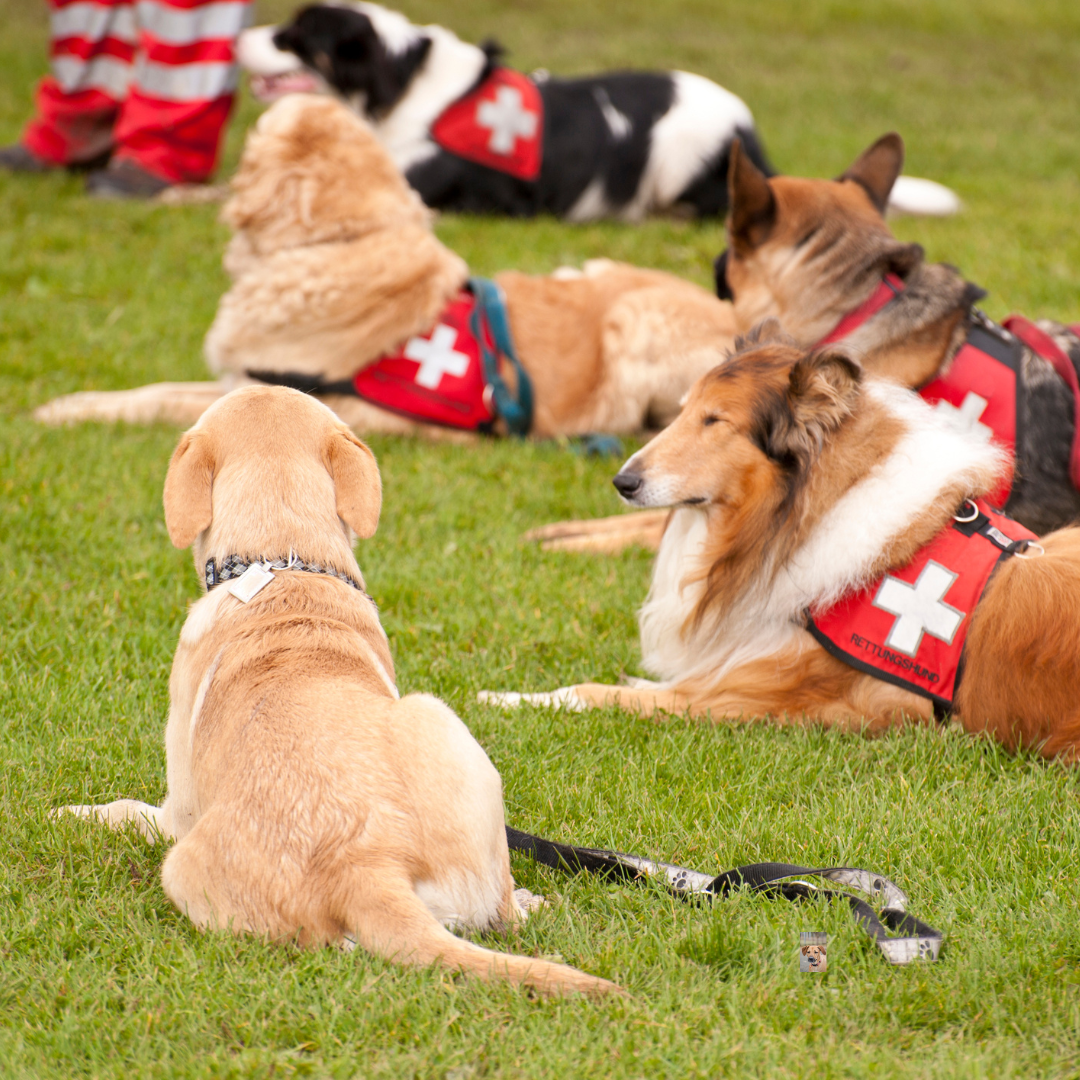 National Rescue Dog Day is a special occasion that honors rescued dogs and promotes pet adoption. It's an opportunity to raise awareness about the importance of giving second chances to dogs that have been abandoned or mistreated. This day is marked by special events aimed at raising funds for shelters and animal rescue organizations, as well as highlighting the success stories of rescued dogs who have found loving homes. It also serves as a reminder of the importance of spaying and neutering pets to address the issue of homeless dogs. Rescued dogs often have incredible resilience and loyalty, and they make wonderful companions for individuals and families alike. By celebrating National Rescue Dog Day, we recognize the unconditional love and companionship that rescued dogs bring into our lives. It's a day to honor these amazing animals and encourage responsible pet ownership. As a pet sitting service, we understand the value of providing loving care for all pets, including those who have been rescued. We encourage everyone to consider adopting a rescue dog and experience the joy of giving a deserving animal a forever home. The ASPCA estimates that about 3.3 million dogs arrive at shelters each year, either because they were abandoned, abused or rescued. National Rescue Dog Day highlights that all of these dogs need and deserve a forever home. Rescue dogs are also highly intelligent and can often be trained to act as service animals, providing comfort and assistance to the elderly, people with disabilities, and children and teens who benefit from emotional support animals. Let's come together to celebrate National Rescue Dog Day and make a difference in the lives of rescued dogs everywhere! 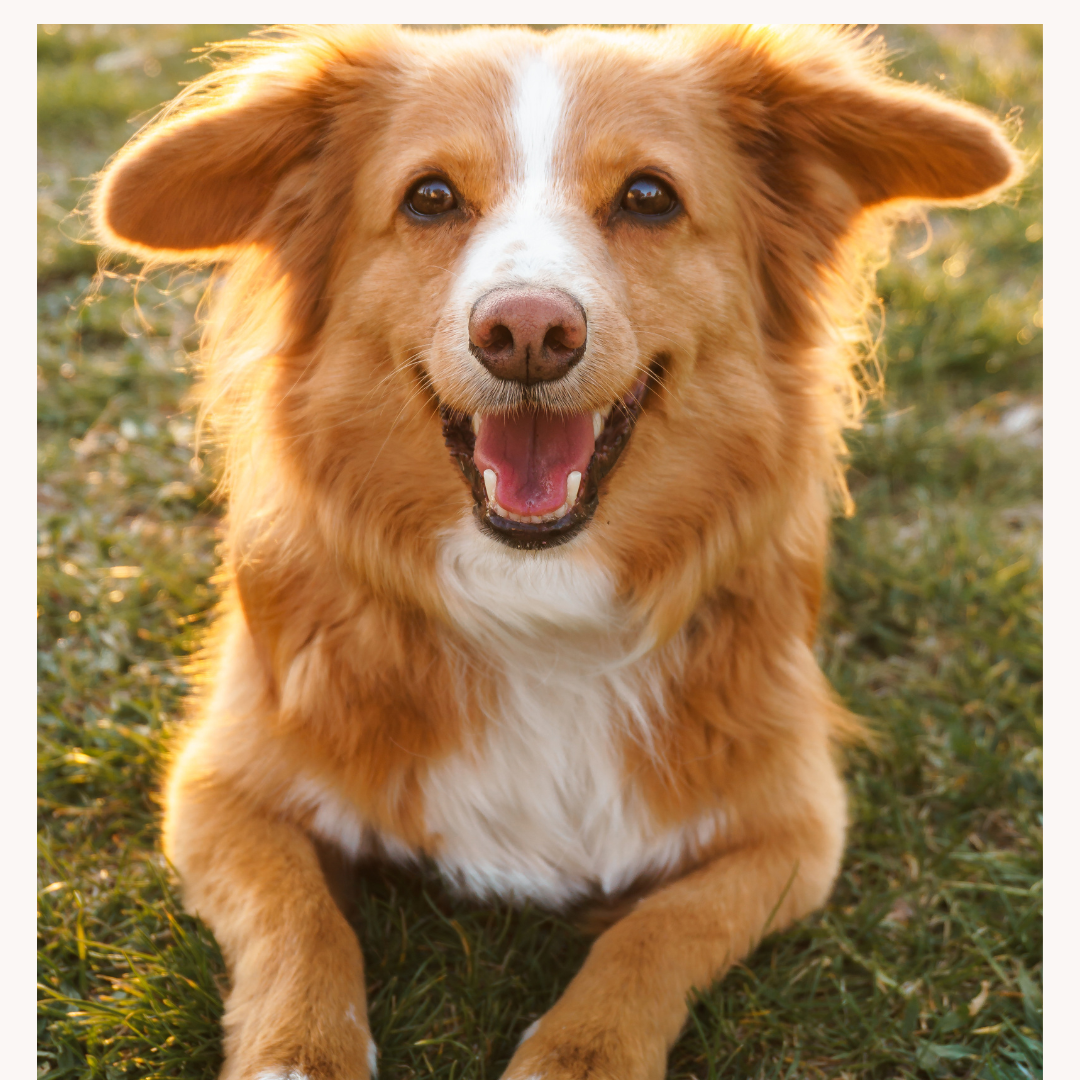 April 8th is National Dog Fighting Awareness Day. This day is a time to raise awareness about the cruel and barbaric practice of dog fighting. Dog fighting is a blood sport in which dogs are forced to fight each other to the death. It is a cruel and illegal activity that causes immense suffering to dogs. The History of Dog Fighting Dog fighting has a long and bloody history. It is thought to have originated in ancient Egypt and Mesopotamia. Dog fighting was also popular in England during the 18th and 19th centuries. In the United States, dog fighting became popular in the early 20th century. The Cruelty of Dog Fighting Dog fighting is a cruel and barbaric activity. Dogs used in dog fighting are often subjected to severe abuse. They are kept in small, cramped cages and are often beaten, starved, and tortured. Dogs that are not killed in the ring are often killed later by their owners. The Illegal Status of Dog Fighting Dog fighting is illegal in all 50 states and the District of Columbia. It is also a federal crime. The penalties for dog fighting vary from state to state, but they can include fines, imprisonment, and the forfeiture of dogs. How to Spot a Dog Fighting Operation Dog fighting is a secretive activity, but there are some signs that may indicate that dog fighting is taking place. Here are a few things to look for: People gathering in secluded areas with dogs. Dogs that are chained or penned up outside. Dogs that have scars or injuries. The sound of dogs barking or fighting. If you see any of these signs, it is important to report it to the authorities. Dog fighting is a serious crime, and it is important to help stop it. Here are some additional tips for reporting dog fighting: Be specific. When you report dog fighting, be as specific as possible about what you saw. This includes the location, the time of day, and the number of people and dogs involved. Get evidence. If possible, try to get evidence of dog fighting. This could include photos, videos, or witness statements. Be persistent. If you don't get a response from the authorities right away, don't give up. Keep reporting dog fighting until it is stopped. By working together, we can help to stop dog fighting and protect dogs from this cruel and illegal activity. What You Can Do to Help There are many things you can do to help raise awareness about dog fighting and to help stop this cruel activity. Here are a few ideas: Educate yourself about dog fighting. The more you know about dog fighting, the more likely you are to speak out against it. Talk to your friends and family about dog fighting. Let them know about the cruelty of this activity and the fact that it is illegal. Support organizations that are working to stop dog fighting. There are many organizations that are working to stop dog fighting. You can support these organizations by donating money or volunteering your time. Report suspected dog fighting to the authorities. If you suspect that someone is involved in dog fighting, report it to the police or animal control. National Dog Fighting Awareness Day is a time to raise awareness about the cruelty of dog fighting and to call for an end to this barbaric activity. By working together, we can make a difference and help to protect dogs from this cruel and illegal activity. 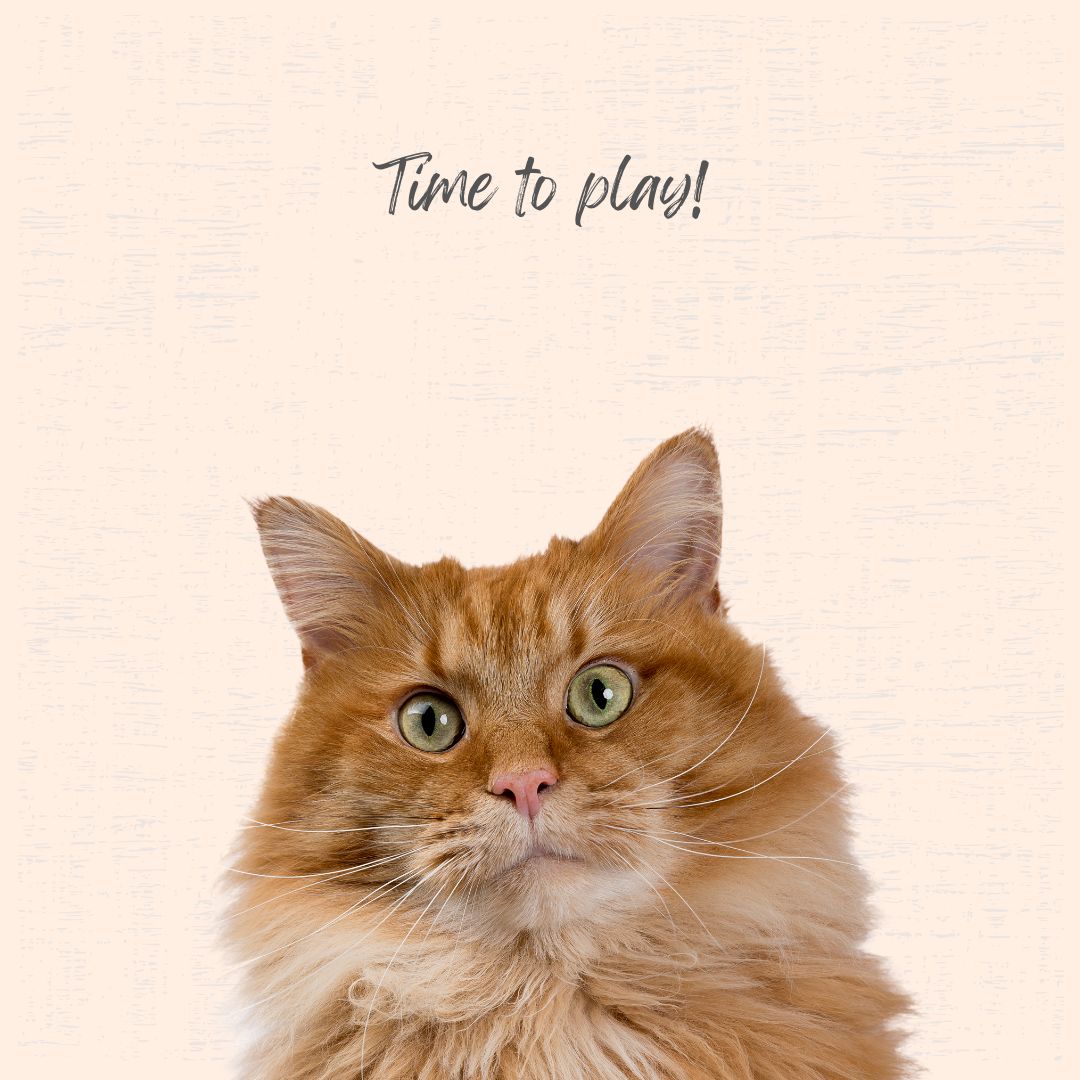 Step into the awesome playground, where playful cats and pocket-friendly crafting collide! If you have shared time with a cat you and I can agree that they are the most enigmatic and amusing beings. We can buy expensive gifts/gadgets and of course, they will prefer to play with the box. Ha! In this blog post, we'll delve into the world of DIY cat toys, Say goodbye to the disappointment of ignored store-bought toys and hello to the joy of watching your cat play with enthusiasm. Join us on this creative journey last updated on November 8, 2019, as we explore the simplicity and charm of homemade cat toys that are practically free! 1 Feathers and corks This delightful creation combines the elegance of feathers with the charm of wine corks, resulting in a simple yet enchanting plaything for your curious and playful cat. Materials:
Instructions: Using the screwdriver, make a hole in the middle of the wine corks, about half way down the corks. Add some hot glue into the hole in the corks and stick in the feathers into the whole, by the stems. Allow drying for a few minutes. 2 Tassel Cork Toy and Dangling Cat Toy: Ready to add an extra dash of excitement to your cat's playtime? We've got you covered with two delightful DIY cat toys – the Tassel Cork Toy and the Dangling Cat Toy. Both are easy to make, cost next to nothing, and promise hours of entertainment for your furry friends. 3 Toilet paper roll toys Create a simple and entertaining DIY cat toy using an old toilet paper roll. Your furry friend will have hours of fun with this cost-effective and easy-to-make plaything. For an extra touch, consider stuffing treats inside and folding the sides for an engaging surprise. This delightful idea provides both mental and physical stimulation for your cat, ensuring a purr-fectly enjoyable playtime. 4 Pinball box: Cat Edition Take two things cats love — toilet paper rolls and boxes — and fashion them into a toy. But this is not just any cat toy. Add pipe-cleaners, a cardboard egg carton, and a few balls and you have what looks like a kitty pinball machine. 5 Cat scratcher/lounger Cats not only love to scratch for fun but also to stretch their muscles and keep their claws healthy. This DIY combo serves as both a playful toy and a wellness retreat for your furry friend! Materials: Cardboard sheets or recycled boxes Craft knife or scissors Non-toxic glue Ruler Optional: Catnip spray or loose catnip Instructions: Cut and Shape: Trim cardboard to your preferred size. Cut a curve for the lounger and make vertical cuts for the scratching surface. Assemble: Apply glue, fold, and secure the lounger. Layer cardboard for sturdiness. Optional Catnip Boost: Spray catnip or sprinkle it over the scratching surface for added appeal. Dry: Let the combo dry completely. Present to Your Cat: Place the DIY cat scratcher/lounger in your cat's favorite spot. As we conclude this journey into DIY cat toys, let's revel in the joy of crafting toys that truly engage our cats. Say farewell to the ordinary and embrace the magic of watching your cat play with enthusiasm. Join us in this realm of creativity, where simplicity meets satisfaction, and each playtime is a symphony of purrs and happiness. At Hug A Love Pet Sitting, we shower our furry clients with love and care, and that extends beyond their playtime with us. We're proud to celebrate Spay Day, happening on the last Tuesday of February, and advocate for responsible pet ownership through spaying and neutering.
Why Spay Day Matters: Spay Day isn't just a calendar date; it's a global movement raising awareness about the crucial role spaying and neutering play in:
Beyond providing loving pet sitting services, we're passionate advocates for responsible pet ownership. We encourage our clients to consider the numerous benefits of spaying and neutering their beloved companions. Join the Movement: Let's work together to build a brighter future for pets:
The purrfect world? Not always for our furry friends. While the internet explodes with adorable cat videos, the reality of feline life isn't always sunshine and cuddles. Just like humans, cats can experience bullying, and the consequences can be far-reaching. Today, we step into the paws of the underdog, exploring the often-overlooked issue of cat bullying and how to create a haven of harmony for our feline companions.
Recognizing the Signs of Bullying Tim, your timid tabby, cowers in the corner while the neighborhood bruiser, Hari, hogs the food bowl. Sound familiar? Bullying among cats, though often subtle, can manifest in various ways. Keep an eye out for these red flags: Physical Aggression: Chasing, swatting, biting, or hissing, especially when the target cat is eating, using the litter box, or trying to relax. Dominant Behavior: Blocking access to resources like food, water, or resting spots, stalking the other cat, and staring them down with narrowed eyes. Stressful Reactions: The bullied cat may exhibit anxiety or fear, such as hiding, trembling, excessive vocalization (hissing, yowling), or changes in appetite and litter box usage. But why my cat is being bullied? There could be a few reasons for the feline drama. Some cats just have a knack for being a bit bossy – it's in their nature. Adding a new cat to the mix is like introducing a surprise character in their favorite TV show; things might get a bit tense until they all find their groove. Stress is another player in this kitty play – changes in their territory, meeting new pals, or even a noisy vacuum can make them a tad grumpy. Additionally, if a cat is unwell or in pain due to an underlying medical issue, it might make them more irritable and susceptible to bullying. Understanding these potential reasons allows us to address the issue and create a supportive environment for our cats. Steps to Stop the Bullying Play Detective: Observe your cats' interactions to identify the bully and the target. Understanding the dynamic is key to addressing the issue. Create Safe Havens: Provide separate areas for each cat to eat, sleep, and use the litter box. Vertical spaces like cat trees can offer escape routes for the bullied cat. Playtime for All: Engage both cats in individual and interactive play sessions to release energy and build positive associations. At Hug A Love Pet Sitting, our pet sitters act as mediators, adept at resolving disputes and implementing behavioral changes. With their experience in managing diverse feline personalities, they possess effective strategies for addressing specific issues and fostering a healthier living environment. If necessary, our pet sitters may recommend seeking professional help, collaborating with veterinarians or animal behaviorists to create a holistic strategy for preventing and addressing bullying behavior. Remember, early intervention is crucial! By recognizing the signs of bullying and taking proactive steps, you can create a safe and happy environment for all your feline companions. Let's turn those hisses into purrs and build a world where every cat, from the timid tabby to the playful Persian, can thrive. Written and shared by Beth Friedman of Canine Companion Consulting
Why do we use leashes? Mainly, it is because they are required by law in most places and are used for safety. Often the leash is also used for control. We like to think of the leash as like a seat belt, used for safety and not for control. You hope you won’t need it but it is there to protect you and your dog if you do need it. If we teach our canine companions how to walk on a loose leash and to respond to our voice, rather than a tug on the leash, the leash becomes just a safety device. At first, some people have difficulty seeing themselves and their dog getting from where they are now, to having a loose leash and working more as a team with their dog. With some patience and training change does happen. A wonderful illustration of this concept is described in the graphic below by Lilly Chin. If we can teach a whale to pee in a cup, a sea otter to go to his crate, a rhino to smile for teeth-brushing; without force or control, then we should also be able to teach a dog to walk politely on a loose leash without force or punishment. By the way, thinking about leashes, if you like to read and would like to better understand canine behavior, The Other End of the Leash by Patricia McConnell is great book that is very informative and an easy read. Leash Reactive Dogs Leash Reactivity is one of the most common concerns we get called about. When I say leash reactivity, I am defining it as a dog that barks and lunges while on leash. There are three things you can do to prevent this, as well as help your canine companion do better on a walk. First, and most importantly, teach your dog to walk on a loose leash. This teamwork is so crucial to helping your dog not have bad feelings on a walk. Loose leash walking, to us, isn’t about control but is about working together. Second, sniffing is so important to dogs for enrichment so let them sniff and perhaps even direct the walk, at times. Third, use the right gear for walking; The tools matter. Don’t use tools that will cause pain such as a prong, shock, or choke collar as the fallout may increase the behaviors you are trying to extinguish. A leash with some length and a good harness are the ideal tools for good, loose leash walking. These three tips won’t help every dog in every situation but they will go a long way to having a peaceful walk for most dogs. If you need more assistance in this area, we have an on- demand webinar or are available to conduct private sessions to help you and your dog get on the right track The use of cannabis in animals, especially in pets like dogs, is a topic that requires caution and
consideration. Cannabis contains THC (tetrahydrocannabinol), which is a psychoactive compound, and it can have different effects on animals than on humans. In general, it's important to note that the ingestion of cannabis can be harmful to pets. Dogs, for example, are known to be sensitive to THC, and ingestion can lead to symptoms like lethargy, incoordination, vomiting, dilated pupils, elevated heart rate, tremors, and in severe cases, seizures. If you suspect that your pet has ingested cannabis or shows any of these symptoms, it's crucial to seek veterinary attention promptly. Be honest with your veterinarian about what your dog may have ingested, as it helps them provide the appropriate treatment. It is important to keep all cannabis products, including edibles, out of reach of pets. Additionally, be cautious about exposing pets to secondhand smoke as well. Research on the use of cannabis and CBD in animals is ongoing, and some pet owners may explore CBD products that are specifically formulated for pets. However, it's essential to consult with a veterinarian before giving any cannabis-related products to your pets to ensure their safety and well-being. Pet sitting isn't just a service; it's an enriching experience that connects humans with their furry companions. Whether it's a weekend getaway, a business trip, or a well-deserved vacation, pet sitting provides a loving and reliable alternative to traditional boarding facilities. 1. The Trusted Companion: Pet sitting goes beyond the basic responsibilities of feeding and walking. It's about being a trusted companion for your pets. Establishing a bond with pets is essential for their well-being and helps ease any anxiety they might feel in their owner's absence. As a pet sitter, creating a comfortable and secure environment is key to fostering this trust. 2. Tailored Care for Every Pet: One of the beauties of pet sitting is the personalized care each animal receives. Whether you're tending to a playful pup, a regal cat, or a chirpy bird, understanding each pet's unique needs and quirks is crucial. From administering medication to indulging in a favorite playtime activity, the level of attention and care provided is tailored to the individual pet. 3. Home Sweet Home: Unlike traditional boarding facilities, pet sitting often takes place in the pet's own home. This not only reduces stress for the pet but also provides added security for the homeowner. The familiar sights, smells, and routines help pets feel at ease, minimizing the disruption caused by their owner's absence. 4. The Professional Pet Sitter: Pet sitting isn't just for animal lovers; it's a profession that requires dedication, responsibility, and a genuine passion for the well-being of animals. Professional pet sitters undergo training to handle various situations, from administering first aid to recognizing signs of distress. Their commitment ensures that pet owners can relax knowing their pets are in capable hands. 5. Building Connections: Beyond the animals, pet sitting allows for the creation of meaningful connections with both pets and their owners. As a pet sitter, you become part of a larger community of people who prioritize the happiness and health of their furry family members. Sharing updates, photos, and anecdotes with pet owners helps foster a sense of trust and camaraderie. Pet sitting for us at Hug A Love is more than just a service; it's a fulfilling and rewarding adventure that bridges the gap between pet owners and their beloved companions. The joy of building trust, providing personalized care, and creating lasting connections makes our pet sitting a truly paws-itive experience for all involved. Whether you're a pet owner seeking reliable care or considering a career in pet sitting, the world of furry friendships awaits you. |
|

